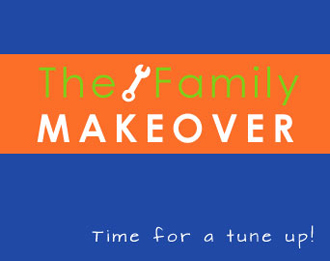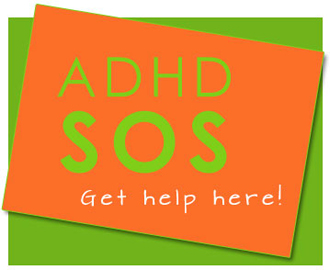The hard part about self-talk is that it always feels true. Even though your thoughts might often be biased or incorrect, you tend to assume that they’re facts.
Self-talk is often skewed towards the negative, and sometimes it’s just plain wrong. If you are experiencing depression, it is particularly likely that you interpret things negatively. That’s why it’s useful to keep an eye on the things you tell yourself, and challenge some of the negative aspects of your thinking.
With practice, you can learn to notice your own negative self-talk as it happens, and consciously choose to think about the situation in a more realistic and helpful way.
Learning to dispute negative thoughts might take time and practice, but is worth the effort. Once you start looking at it, you’ll probably be surprised by how much of your thinking is inaccurate, exaggerated, or focused on the negatives of the situation.
Whenever you become aware you’re feeling depressed, angry, anxious or upset, use this as your signal to stop and reflect on your thoughts. Use your feelings as your cue to reflect on your thinking.
A good way to test the accuracy of your thoughts might be to ask yourself some challenging questions. These questions will help you to check out your self-talk to see whether your current view is reasonable.
Challenging Questions
There are four main types of challenging questions to ask yourself:
1. Reality testing
- What is my evidence for and against my thinking?
- Am I jumping to negative conclusions?
- How can I find out if my thoughts are actually true?
2. Look for alternative explanations
- Are there any other ways that I could look at this situation?
- What else could this mean?
- If I were being positive, how would I perceive this situation?
3. Putting it in perspective
- What is the best thing that could happen?
- Is there anything good about this situation?
- Will this matter in five years’ time?
4. Using goal-directed thinking
- Is this way of thinking helping me to achieve my goals?
- What can I do that will help me solve the problem?
- Is there something I can learn from this situation, to help me do it better next time?
Recognizing that your current way of thinking might be self-defeating (i.e. it doesn’t make you feel good or help you to get what you want) can sometimes motivate you to look at things from a different perspective.
Changing the way you think about things may not be easy at first, but with time and practice, you will get better.
Try it out – it’s worth the effort. Let me know how it goes.
repost from www.reachout.com






